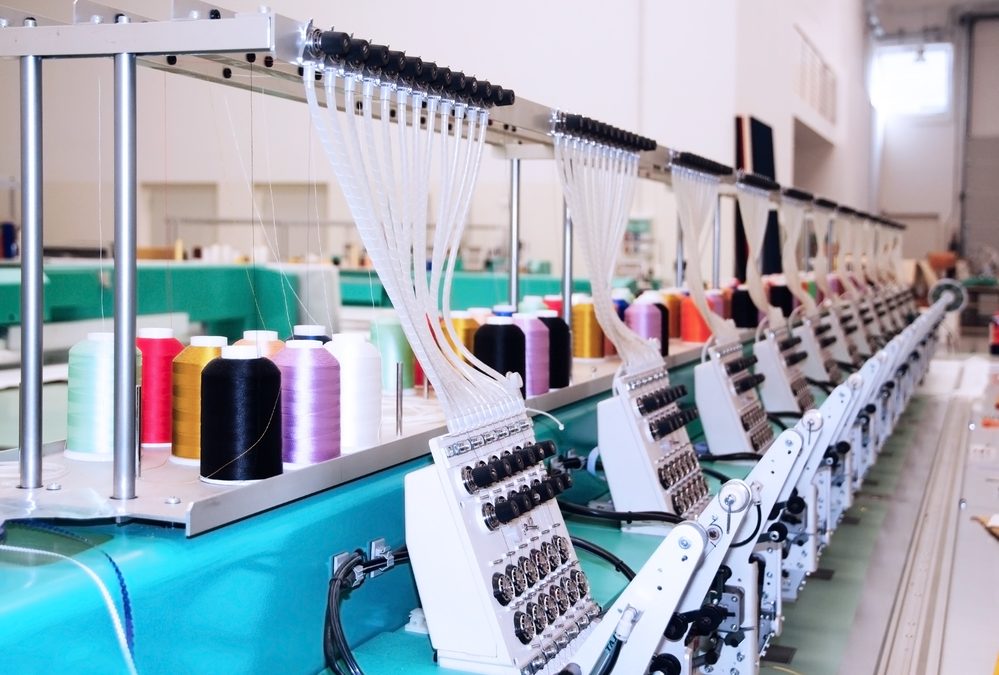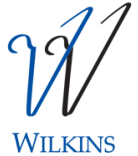If you’re involved with the healthcare or hospitality industry, you most likely have a degree of knowledge about your company’s linen services. Whether you wear a uniform every day or oversee ordering and choosing materials, you are affected at some level.
Understanding the linen production process can help your business make better choices for what materials to use, the purpose of quality cloth, and proper laundering techniques.
Who Should Learn About Linen Production?
You may think linen production is only relevant to people within the ordering and cleaning departments. However, even doctors and restaurant owners can benefit from knowing the background of how linens are made. It can help you make smarter business decisions that will make your patients or customers happy and possibly reduce costs.
The Linen Production Process
Harvest Time is Crucial
The first thing to know about linen is that it’s made from the flax plant. To get the best quality fibers from flax, it must be harvested before it is fully matured. When the stalks begin changing colors, the plant is approaching maturity, which means it may be too late to harvest. You may think modern technology has created a quick way to harvest flax–however, the highest quality is gained from doing so by hand.
Water Retting Produces the Best Linens
Because flax fibers are held together by calcium and proteins, each strand has to be separated. Water is the only way to ensure the fibers fully disconnect to produce the highest quality linens–called the retting process.
Although flax can be retted by means of cement or other chemical exposures, it diminishes the end result.
Many Months of Preparation
It may seem like the flax is ready to soon be woven into beautiful textiles. However, there are still many more months of preparing the flax to be ready for its transformation.
After the water retting process, the plant has to be dried and cured. This can take several months to fully accomplish. Next, it has to be broken down by hand using a technique called scutching, which turns the fibers into stricks. The stricks are then spun using a long pole called a distaff.
Now it’s time to weave the linen! At this point, most modern day clothes are woven using large factory machines that help streamline the last operations.
How To Choose The Best Quality Linens
Now that you know how linen production works, you can better understand the methods for choosing high-quality products. Follow these guidelines for selecting your materials:
- What region were the linens made in?
- The retting process determines your quality of linens. Each region of the world may use a different method.
- Belgian flax is considered high-quality due to the retting method used in Ireland (where it’s grown and harvested.)
- South America uses supreme retting practices as well.
- Determine the production process in the area of where your linens are from.
Wilkins Knows Best
Learning the ins and outs of choosing, ordering, and laundering linens can be time-consuming and often cost more in the long run. Partnering with Wilkins Linen will give you peace of mind knowing we take care of the quality, buying, and caring for your commercial linens. Contact Wilkins Linen today to get your business on the right track towards quality service, care, and operations by changing the way your employees and customers look at linens.







